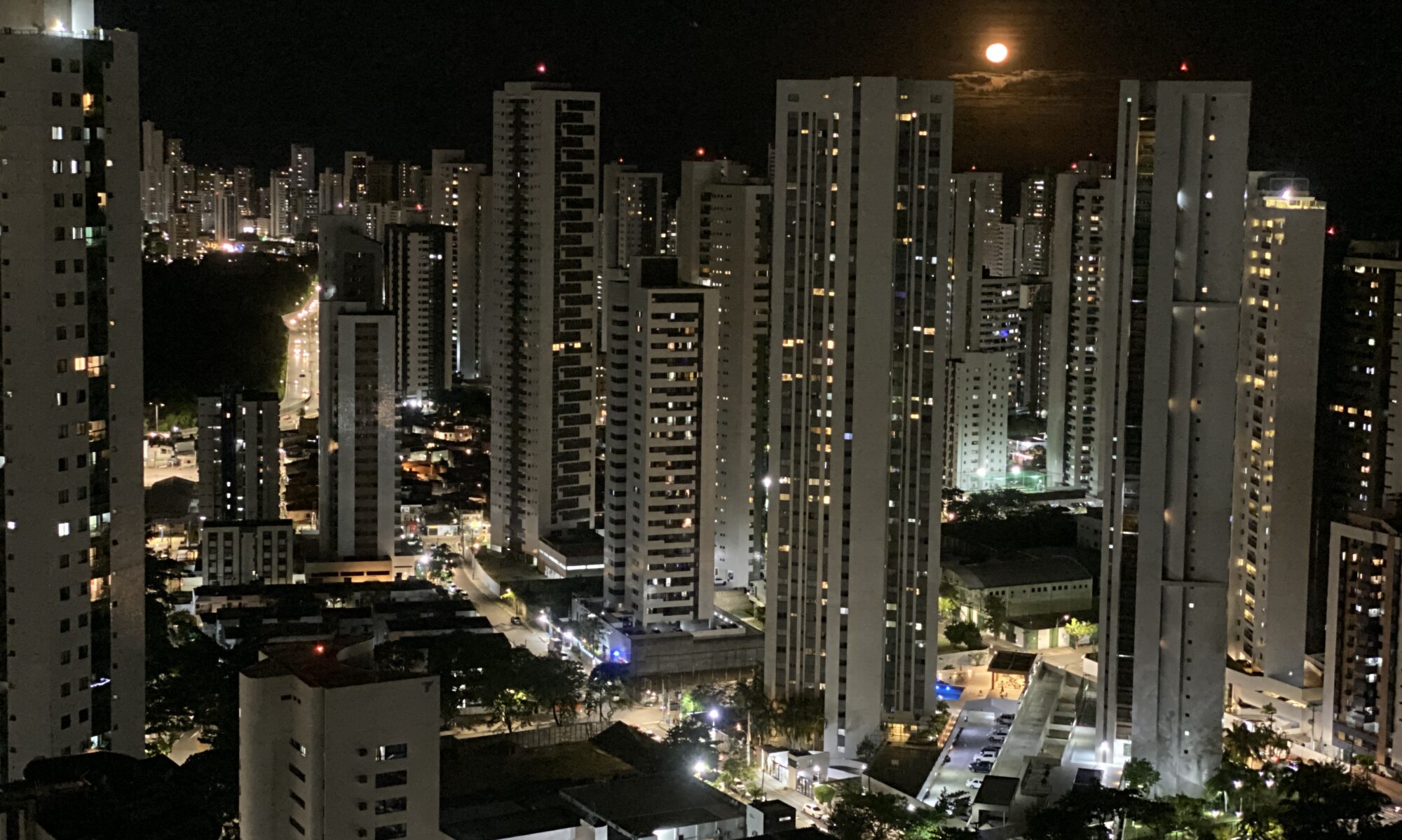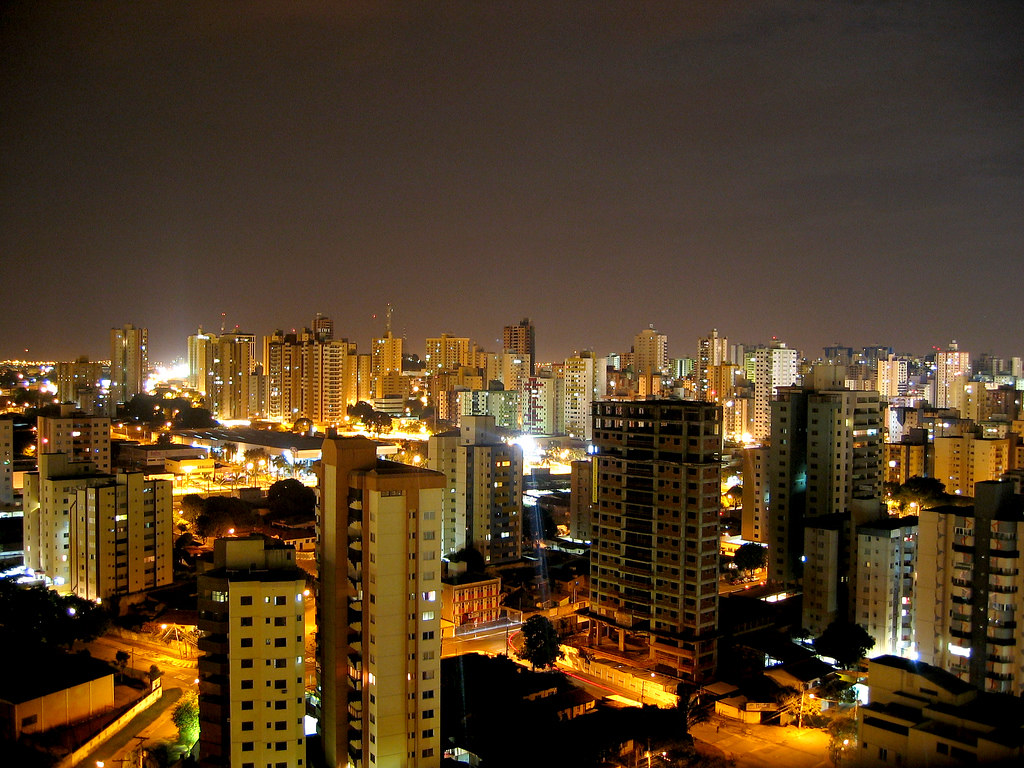Far from the sea, but with mysterious sources of sulphurous and salt water, Goiás retains in its major towns traces of the gold cycle during the colonial period, an era when the region prospered thanks to the riches extracted from its mines. Located in the geographical heart of Brazil, the state was founded in the early eighteenth century by bandeirantes (pioneers), who went there in search of precious metals and stones.
After the end of the gold cycle, livestock farming became important and Goiás finally became an important producer, with cattle rearing as its main source of income, followed by industrial production and general trade. The capital, Goiânia, with its well defined sectors, was especially planned to function as the political and economic centre of the state. The federal capital Brasília, inaugurated in 1960, was constructed on the territory of Goiás. This has made communications with the centre of the country easier and has also improved access to all parts of the state. In 1988, the state of Goiás was divided, and 40% of its northern territory became the new state of Tocantins.
Discovering Goiás means getting to know some of its historic cities, which started as settlements around gold mines, such as Goiás Velho, Pirenópolis, Corumbá and Pilar de Goiás, which in their architecture and local culture are examples of colonial Brazil. Discovering Goiás also means getting to know the water resorts circuit; rivers such as the Araguaia and Paranaíba; and areas of mystical atmosphere like the region of Paraúna, with its strange rock formations, and Alto Paraíso, considered by spiritualists to the city of the third millennium.


